When King George VI refused to leave London during the air raids, he became a powerful symbol of wartime resilience.
King George VI, initially considered unfit for the throne due to his health and speech impediment, unexpectedly became king after his brother Edward VIII abdicated. Despite early struggles, he demonstrated resilience and dedication to his duties, particularly during World War II, where he and his wife remained in London during the Blitz to show solidarity with the British people. His efforts to improve his public speaking with the help of Lionel Logue were crucial, as he became a symbol of British perseverance during the war. King George VI navigated significant changes in the British Empire, transitioning it towards a Commonwealth, and dealt with personal health challenges that ultimately led to his declining role in royal duties. His reign is credited with stabilizing the monarchy in a rapidly modernizing world and laying the groundwork for his daughter, Queen Elizabeth II, to succeed him.
Context:
King George VI, initially considered unfit for the throne due to his health and speech impediment, unexpectedly became king after his brother Edward VIII abdicated. Despite early struggles, he demonstrated resilience and dedication to his duties, particularly during World War II, where he and his wife remained in London during the Blitz to show solidarity with the British people. His efforts to improve his public speaking with the help of Lionel Logue were crucial, as he became a symbol of British perseverance during the war. King George VI navigated significant changes in the British Empire, transitioning it towards a Commonwealth, and dealt with personal health challenges that ultimately led to his declining role in royal duties. His reign is credited with stabilizing the monarchy in a rapidly modernizing world and laying the groundwork for his daughter, Queen Elizabeth II, to succeed him.
Dive Deeper:
Albert, later King George VI, was never expected to become king, being the second son with a stutter and health issues, but was thrust into the role after his brother Edward VIII's abdication in 1936 due to a scandalous relationship.
Throughout World War II, King George VI and his wife, Queen Elizabeth, chose to stay in London during the Blitz, which endeared them to the public as symbols of resilience and solidarity with the British people.
Despite his speech impediment, King George VI worked diligently with Australian speech therapist Lionel Logue, who helped him improve his public speaking abilities, a vital skill for his duties during the war.
King George VI's reign saw the transformation of the British Empire into a Commonwealth, with significant political changes including the independence of India and Pakistan, which affected his titles and roles.
His health deteriorated due to lifelong medical issues and stress, ultimately leading to his daughter, Elizabeth, taking on more royal responsibilities before his death in 1952.
King George VI's relationship with Winston Churchill during WWII was pivotal, with the two developing a close rapport that allowed them to navigate the complexities of the war together.
The legacy of King George VI is marked by his steady leadership during tumultuous times, successfully transitioning the monarchy into a modern era and setting the stage for his daughter, Queen Elizabeth II's reign.
The King That Was Never Meant To Be
King George VI was the spare—not the heir. Quiet and struggling with a speech impediment, few thought he had king potential. But fate, as it often does, had other plans. When scandal rocked the monarchy, he was thrust into the role no one thought he could handle. What followed redefined the nation, and the man who led it.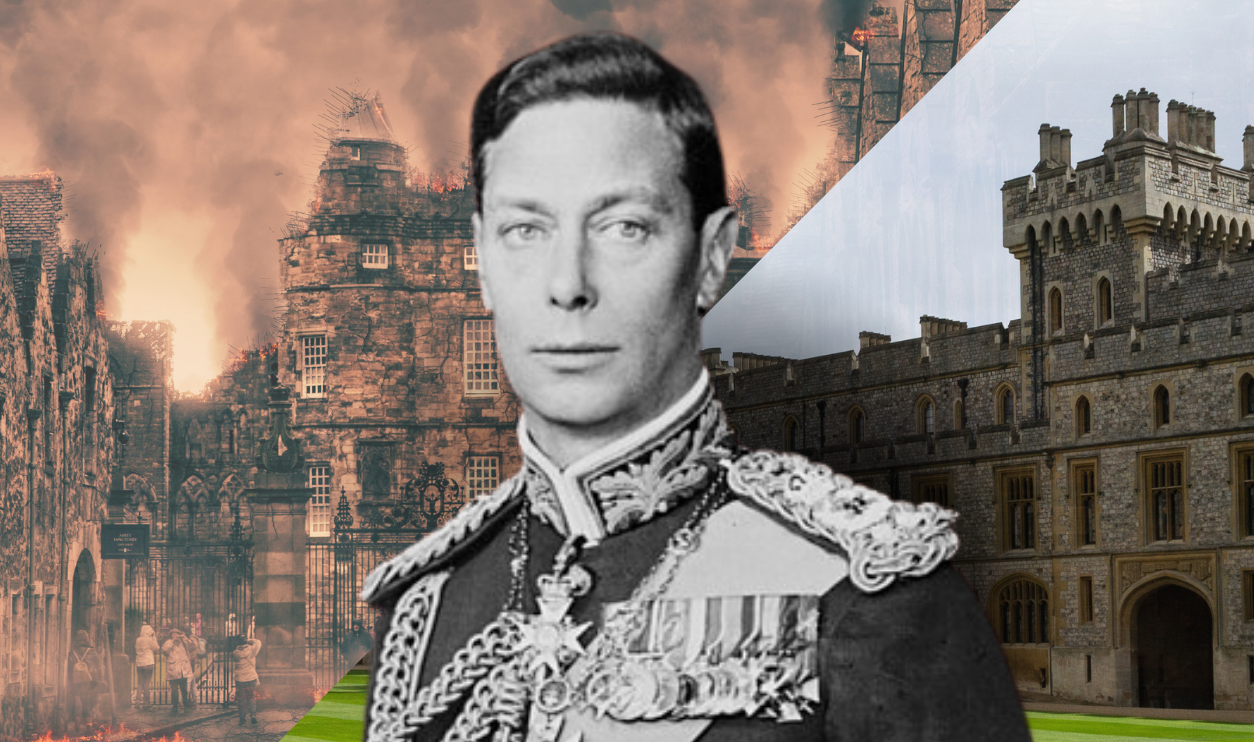
1. His Birth Had Bad Timing
The future King George VI was born during the reign of his great-grandmother, Queen Victoria; he shared his birthday with the passing of his great-grandfather, Albert, Prince Consort. Victoria was notoriously volatile, particularly around the topic of her late husband. To appease Victoria, they christened the newborn baby Albert in honor of the late Prince Consort. His friends and family knew him as “Bertie” for his entire life, though he almost didn't have a life at all.Wikimedia Commons
2. He Was Sickly
At the time of his birth, Albert was fourth in line to the throne; his grandfather (Victoria’s eldest son), his father, and his older brother, Edward, were all ahead of him. Albert and his family never expected him to take the throne. This was likely a relief to the family, for Albert didn't look healthy. He fell ill often and suffered from a weaker constitution. He was “easily frightened and somewhat prone to tears”. He struggled with stomach problems and “knock knees” in his youth, and a pronounced stutter haunted him for much of his life.“Bertie” was not king material. Eventually, though, none of that even mattered.
Wikimedia Commons
3. He Wasn’t To Inherit
By 1910, both Queen Victoria and Albert’s grandfather, King Edward VII had passed. This moved Albert to second in line to the throne; however, with a healthy elder brother who would surely ascend to the throne, marry, and have children, Albert was still not expected to take on the crown. Instead, he focused on his studies at the Royal Navel College and the huge conflict that loomed in the East...Wikimedia Commons
4. He Was Too Sick For Combat
Although Albert began to train on ships and worked his way to the rank of midshipman, he never took to the sea. He suffered from seasickness. He did see combat during WWI; however, it was brief. First, he was medically evacuated to Aberdeen only three weeks after the outbreak of conflict due to a bout of appendicitis. Although he returned to his ship by 1916, a duodenal ulcer removed him from conflict again—this time he never returned.Getty Images
5. He Made History
The sea never suited Albert. However, the creation of the Royal Air Force gave Albert another opportunity to distinguish himself. He became the first member of the royal family to qualify as a pilot, and he took command of a squadron shortly after. Albert flew to France where he served on the RAF’s Independent Air Force in Nancy for the final weeks of the conflict.His hero moment proved short lived. After two months, he returned home, and back to some royally awkward situations.
Picryl
6. He Was The “Industrial Prince”
Although no one expected Albert to become king, he was still a member of the royal family. So when it came to certain duties, he didn't have a choice. In 1920, a few months shy of his 25th birthday, his father created three titles that he bestowed upon Albert. As such, Albert began representing his father, particularly at industrial work areas like coal mines. He became known as the “Industrial Prince”.Unfortunately, he remained very obviously uncomfortable in public. His stutter persisted, as did his embarrassment over it. Which likely didn't help when it came to another, more "romantic" royal duty.
Wikimedia Commons
7. He Chose Poorly
One way or another “love” continued to be the doom of the royal family. The King and Queen gave Albert a fair amount of freedom in choosing his future wife; however, there were limitations, even to the “spare”. In 1918, Albert met Sheila Chisholm, a married Australian socialite through his brother. Edward was carrying on with Chisholm’s best friend, Freda Dudley Ward. “Bertie” was quite fond of Sheila Chisholm; his parents were not.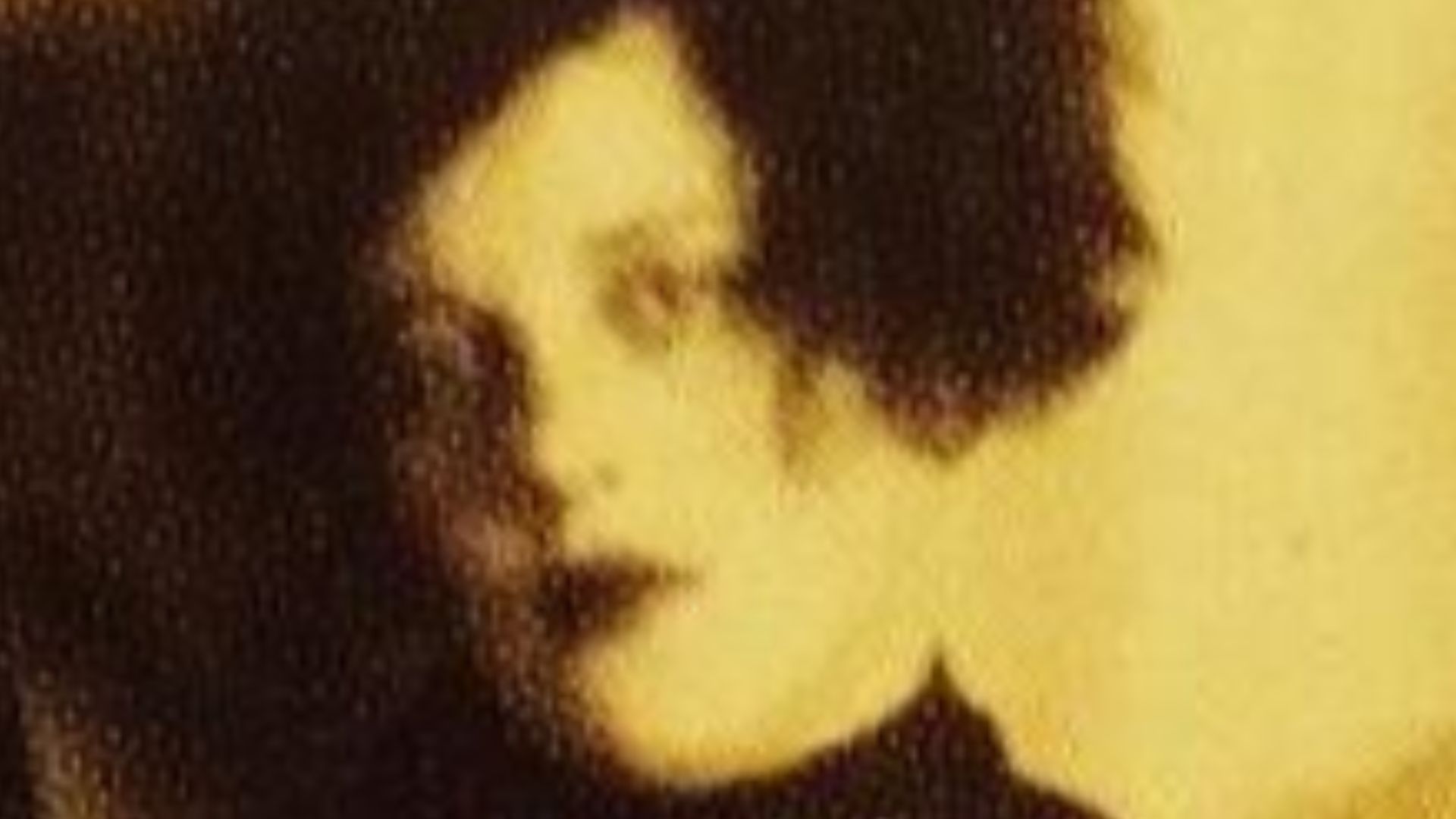 Unknown authorUnknown author, Wikimedia Commons
Unknown authorUnknown author, Wikimedia Commons8. He Gave Into A Bribe
Albert and Chisholm continued to see each other for approximately two years before the king intervened. He offered his son the dukedom of York in exchange for the end his relationship with Chisholm, which Albert heartily accepted. “Bertie” definitely had more leniency than any prince before him, but an Australian socialite was seemingly just too improper for a royal family member. Fortunately, Albert did not stay heartbroken for long.Wikimedia Commons
9. He Met The One
In 19920, the same year he ended things with Chisholm, Albert bumped into Lady Elizabeth Bowes-Lyon for the first time since childhood. His heart made the choice quickly after that meeting; however, Elizabeth was less certain. Traditionally, princes of Albert’s standing married princesses. But in an attempt at modernism, the King and Queen stood ready to permit Albert to marry a well-standing peer; however, that did not mean Elizabeth was willing to step into the spotlight the royal family offered...Getty Images
10. His Love Didn’t Want Him
Albert proposed to Elizabeth in 1921, only a year after reuniting. Elizabeth turned Albert down. She was afraid. She was “afraid never, never again to be free to think, speak, and act as I feel I really ought to”. A valid concern, considering the struggle future in-laws of the royal family would suffer. However, Albert was smitten; he declared that he would marry no one but Elizabeth.Getty Images
11. His Mind Was Set
Albert had the freedom to choose his bride for himself, something princes of generations past did not. However, that did not mean his parents were not curious about this woman who had turned their son so completely. His mother, Queen Mary, visited Elizabeth’s home, to see her for herself. That visit confirmed that Elizabeth was “the one girl who could make Bertie happy”. However, Elizabeth still was not convinced.Wikimedia Commons
12. His Life Was Public
Despite her reluctance, Elizabeth was welcomed into the royal family, even acting as a bridesmaid at the marriage of Albert’s sister, Princess Mary, in 1922. However, when Albert proposed again a month later, she refused again. In her mother’s words, Albert would be “made or marred” by his choice of bride. That is a lot to place on the shoulders of a woman of scarcely 20. However, Albert was steady in his affection and determined to win out.Wikimedia Commons
13. He Got His Bride
Eventually, Albert won Elizabeth’s approval. The third time that he proposed, Elizabeth accepted, and they married in Westminster Abbey on April 26, 1923. There had been discussion of broadcasting the ceremony, though the Abbey was not yet ready for that modernization, and they rejected it. The couple had two children, Elizabeth (future Queen Elizabeth II) and Margaret.After all it took to get his bride to marry him, Albert probably expected some type of fairytale ending. But their lives were not at all as they expected them to be.
Getty Images
14. He Struggled With Speech
Albert continued with his expected royal duties, Elizabeth often joining him on royal tours. However, public speaking continued to be difficult for Albert. His still stuttered, making all speeches painful for both Albert and his audience. After a particularly grueling speech at the British Empire Exhibition in October 1925, Albert faced the fact that he needed to do something. He could not go on like this any longer.Getty Images
15. He Sought Help
Albert needed help with his speech impediment if he was going to continue in his royal duties. He hired a speech therapist, Australian-born Lionel Logue. Logue declared Albert’s stutter to be a problem with coordination between his larynx and thoracic diaphragm. He prescribed regular vocal and breathing exercises to help Albert relax and feel more confident in his speaking.Wikimedia Commons
16. He Put In The Work
Albert worked diligently with Logue; he practiced his exercises, with Elizabeth often aiding him during this period. Albert hired Logue in 1926, and by his 1927 tour of Australia, everything changed. Albert spoke confidently during the opening of Canberra’s new Parliament House. Logue remained present in Albert’s life, supporting him before major speeches until the late 1940s. Albert reached out to Logue just in time, for his biggest test had yet to come.Wikimedia Commons
17. He Was The Second Son
As we mentioned before, Albert was the second son. This meant that his brother Edward was in line to receive the throne following their father’s passing. Second sons rarely see the throne, particularly in a modern world where many of the causes of a sudden premature passing were avoidable. Everyone saw it as highly likely that Edward would marry and have children, pushing Albert out of succession, before his own passing. However, even before their father, King George V, passed, there were misgivings about Edward.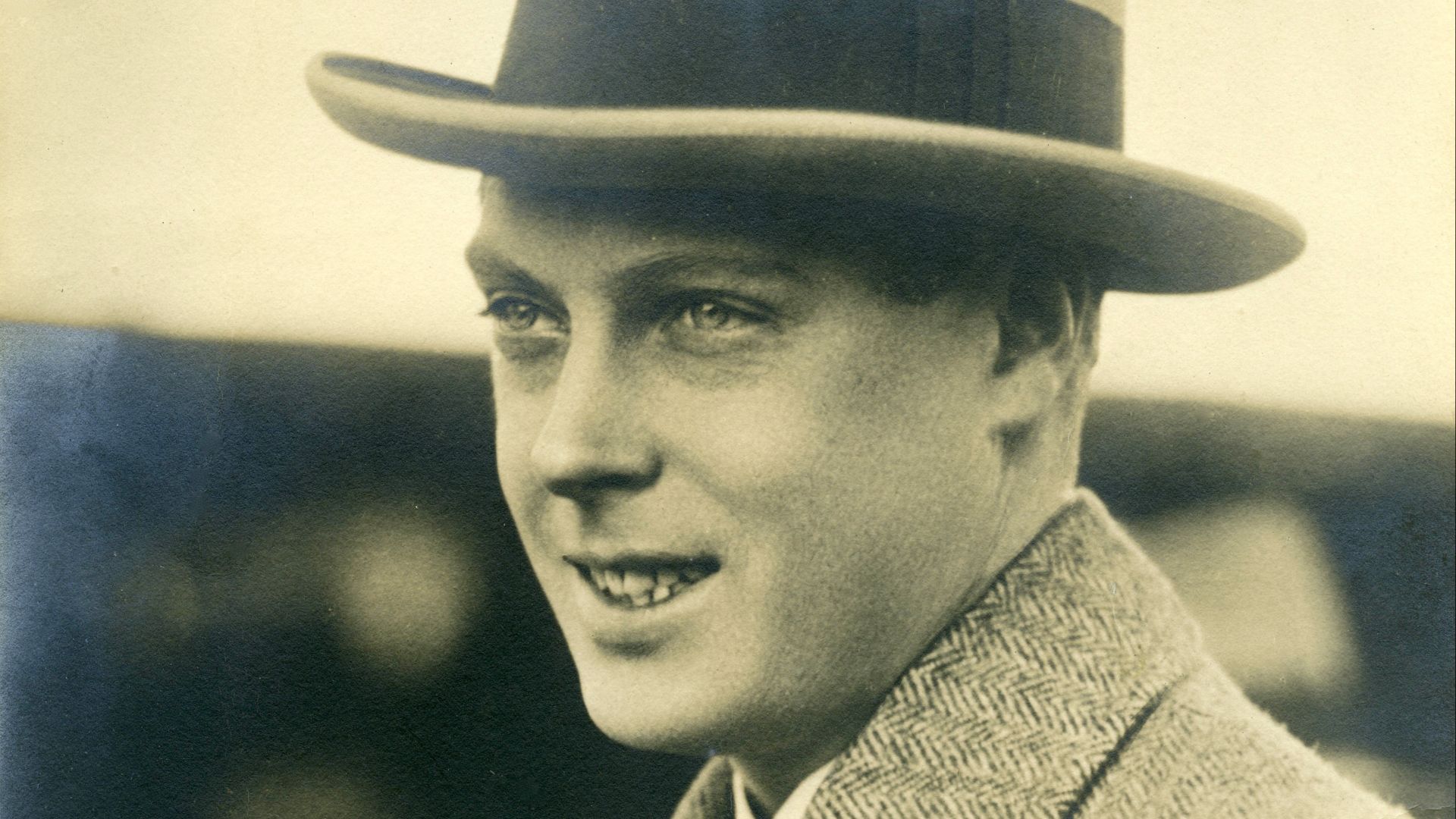 Archives New Zealand from New Zealand, Wikimedia Commons
Archives New Zealand from New Zealand, Wikimedia Commons18. He Was The Good Child
Albert had been a sickly child. He struggled with his speech, and therefore struggled with his confidence. He did not appear as a King should. Edward, on the other hand, was the perfect future monarch, outwardly. He was charming and charismatic. He could control a room. However, Edward had a tendency to have too good of a time, and their father had his doubts about Edward’s suitability to the crown.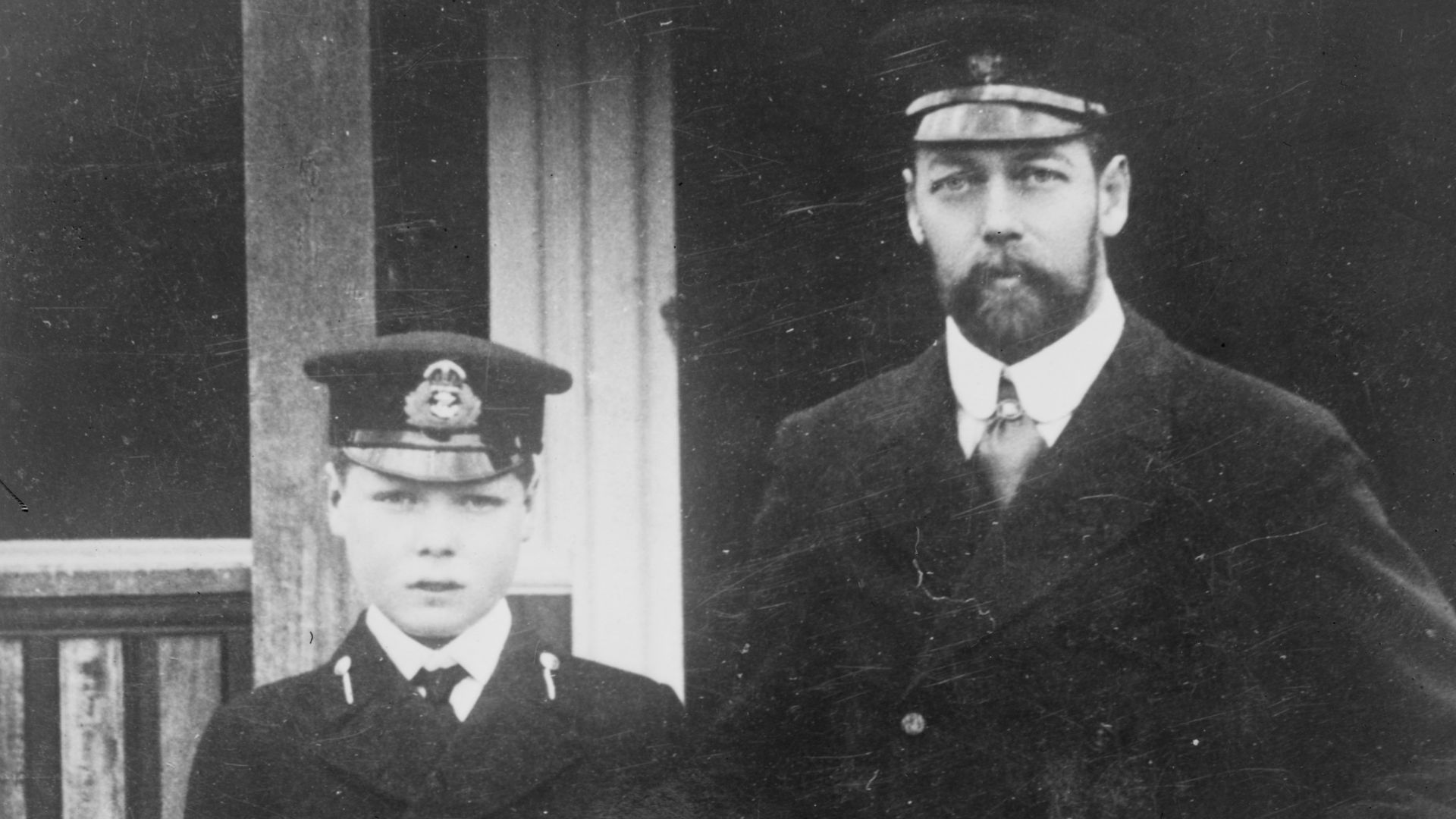 Bain News Service, publisher, Wikimedia Commons
Bain News Service, publisher, Wikimedia Commons19. He Was Preferred To His Brother
Before his passing, King George V had concerns about the fate of England once it was in Edward’s hands. At one point, he implored, “I pray to God that my eldest son will never marry and that nothing will come between Bertie and Lilibet and the throne”. He went on to say, “After I am dead, the boy will ruin himself in twelve months". In reality, it only took Edward 11 months.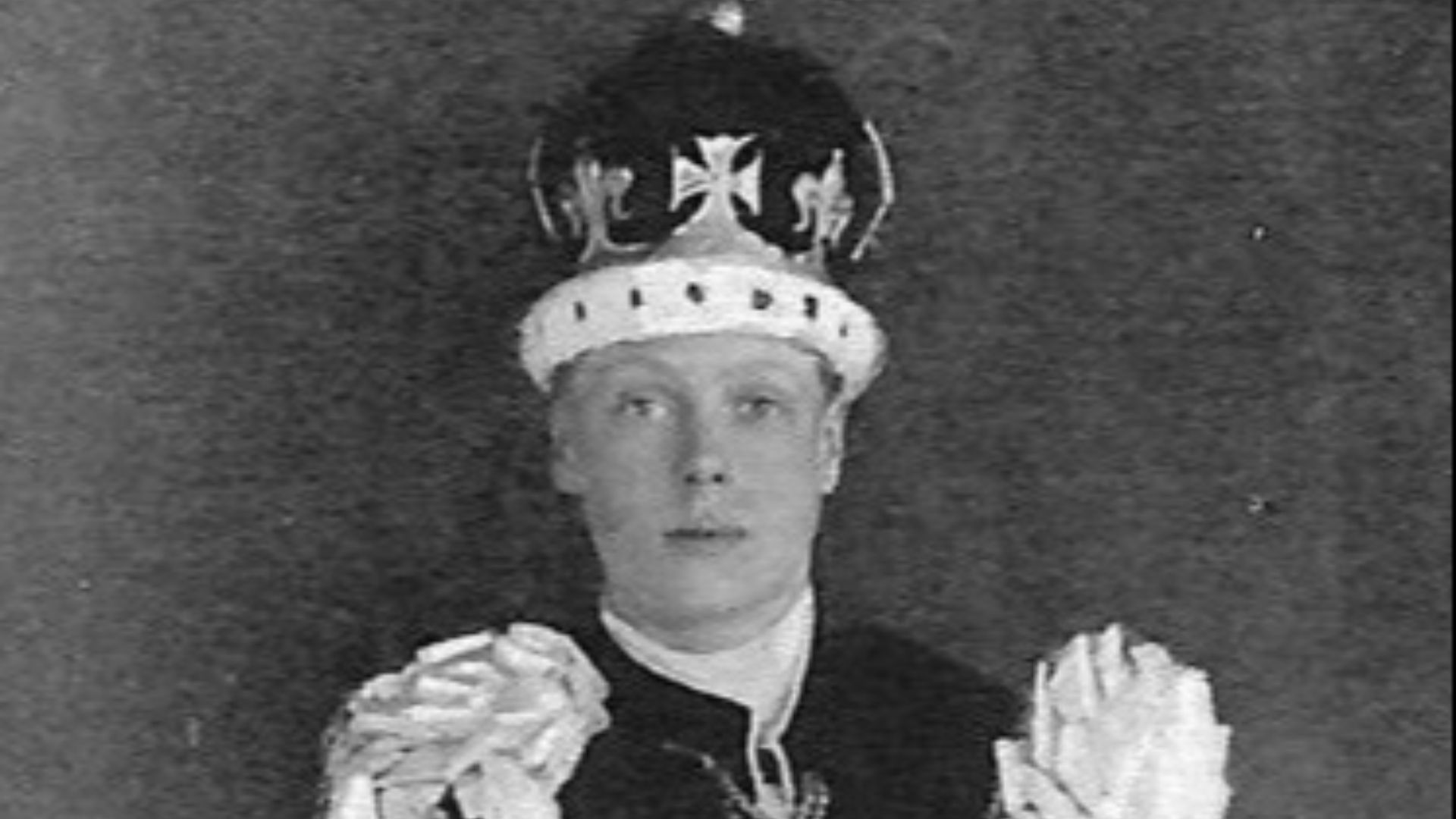 Campbell-Gray Ltd., Wikimedia Commons
Campbell-Gray Ltd., Wikimedia Commons20. His Brother Caused Scandal
George V passed on January 20, 1936. As was the custom, Edward VIII immediately succeeded him as King of England, with a coronation scheduled for May the following year. Once wearing the crown, Edward quickly made himself a spectacle; he was careless in his duties, making comments without thinking, and putting his vanity over tradition. By December 11, 1936, Edward had abdicated, throwing the British monarchy into chaos and scandal: all in the name of a woman.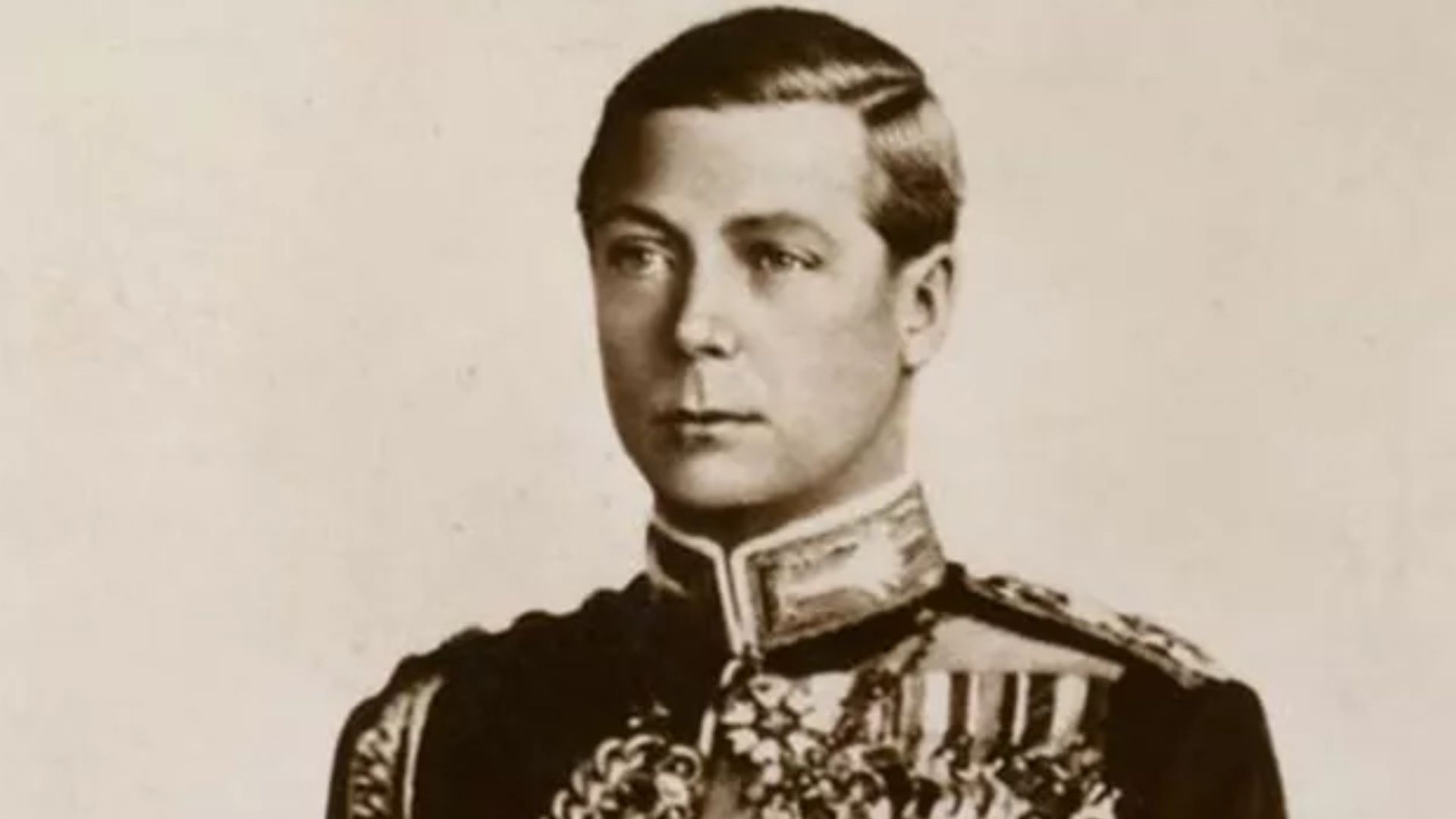 Vandyk (active 1881-1947), Wikimedia Commons
Vandyk (active 1881-1947), Wikimedia Commons21. His Brother Chose Love
Edward VIII was not a traditional king. Few historians agree that he was good for the country, and many view his abdication as ultimately a good thing. However, it all came about because of one woman, Wallis Simpson. Simpson was married to Ernest Simpson, her second husband when she and Edward met. Despite this, most accept that Simpson and Edward entered a relationship in 1934, and were still intimate when Edward ascended to the throne. Things came to a head when Simpson filed for divorce at the end of October.Getty Images
22. His Life Changed Forever
Thanks to Henry VIII, the British monarch is also the head of the Church of England. Simpson was now twice divorced; the public and private opinion of all involved (baring Edward and Simpson) was that the British people would not tolerate a woman of such “questionable morals” to be their queen. Essentially being told to choose the crown or the woman he loved, Edward chose Simpson and changed the course of his brother’s life forever.Flickr
23. He Didn’t Want The Throne
This move was unprecedented. To date, Edward VIII is still the only British monarch to have abdicated the throne. Having no children at the time of his abdication, this left the throne to his younger brother, Albert. Albert had never expected, nor wanted the throne. After visiting his mother to tell her of the fiasco, he wrote, “When I told her what had happened, I broke down and sobbed like a child”. However, it seemed Albert was committed to his royal duty in a way that his elder brother had never been...Getty Images
24. He Made Strategic Choices
Despite having gone by “Bertie” for the entirety of his life, Albert's full name was “Albert Frederick Arthur George”. When it came time to choose his royal name, he chose to become King George VI. This was a smart political move; the name was selected to highlight his connection to his father (George V) and restore the image of the monarchy as one continuous, infallible line, rather than the scandal that Edward had plunged it into. But as fas the scandal itself, Albert still had to decide what to do with his brother.Getty Images
25. He Had To Deal With His Brother
Although Albert had chosen a regal name that connected him to his father, questions about his brother surrounded the early days of his reign. Now that Edward had abdicated, what would his title and position in the royal family be? In Albert’s mind, he had given up his right to the title “Royal Highness” when he’d abdicated, so he needed to do something about it.Getty Images
26. He Made A Decision
Albert’s first act as king was basically to show everyone who was really running things. He stripped his brother of one title and bestow upon him another. He gave his brother the title the “Duke of Windsor”, with the style of “Royal Highness”. However, the patent for the dukedom specified that wives and children of the “Duke of Windsor” (Edward) could not have any royal stylings, thus removing any chance of Wallis Simpson or any children they might getting any ties to “royal” titles. This wasn’t the only matter Albert needed to settle with Edward.Getty Images
27. He Purchased Land
The properties of Balmoral Castle and Sandringham House, which had long been prime royal residences were private property, not tied up in the monarchy. Since Edward abdicated and did not pass, these were still his, not Albert’s. This forced Albert to purchase the properties back from his brother to keep them within the possession of the ruling family. Just another thing Edward broke that Albert had to fix.Even so, once he'd handled those details, his coronation approached quickly. But even that didn't go the way he'd originally expected.
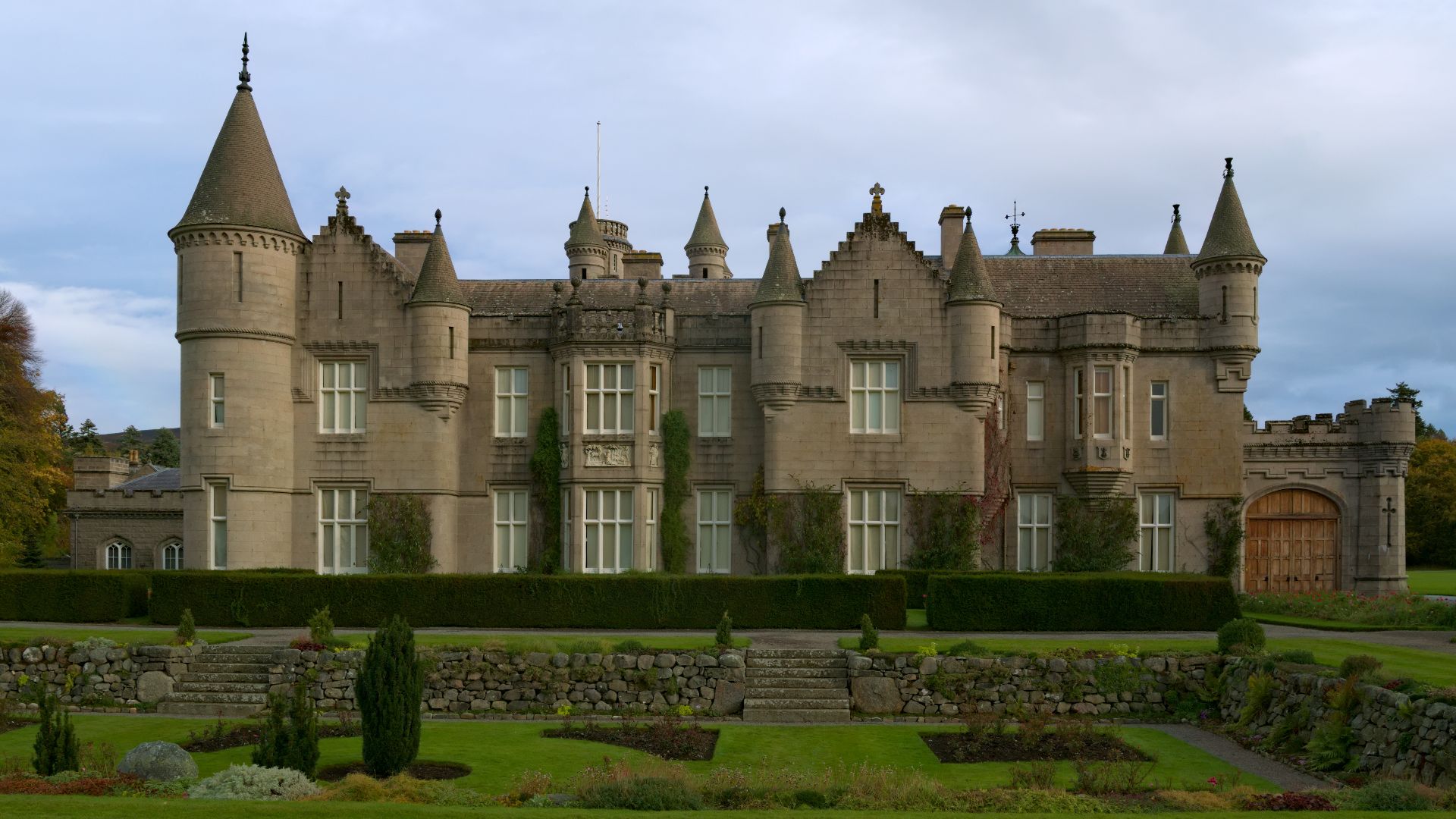 Daniel Kraft, Wikimedia Commons
Daniel Kraft, Wikimedia Commons28. His Coronation Was Quick
With the chaos that Edward’s abdication had caused, they did not want to waste any time with the ceremony of succession. Therefore, what should have been Edward’s coordination date, May 12, 1937, became Albert’s. Five months after his brother had sent both Albert’s life and the entirety of Britain into chaos, Albert sat in the chair at Westminster Abbey and officially became King George VI of Britain, as well as the Emperor of India. This came none too soon, as the world was on the brink of another harrowing conflict.Flickr
29. His Hands Were Tied
Thanks to several hundred years of treaties and exchanges of powers, by the time Albert took the throne, the role of the British monarch was far more performative. They could offer counsel to politicians and were a public face for the nation. However, they had no real say, nor could they make public declarations against the ruling party of the day. This meant that as tensions grew in Europe, Albert had little ability to do anything about them.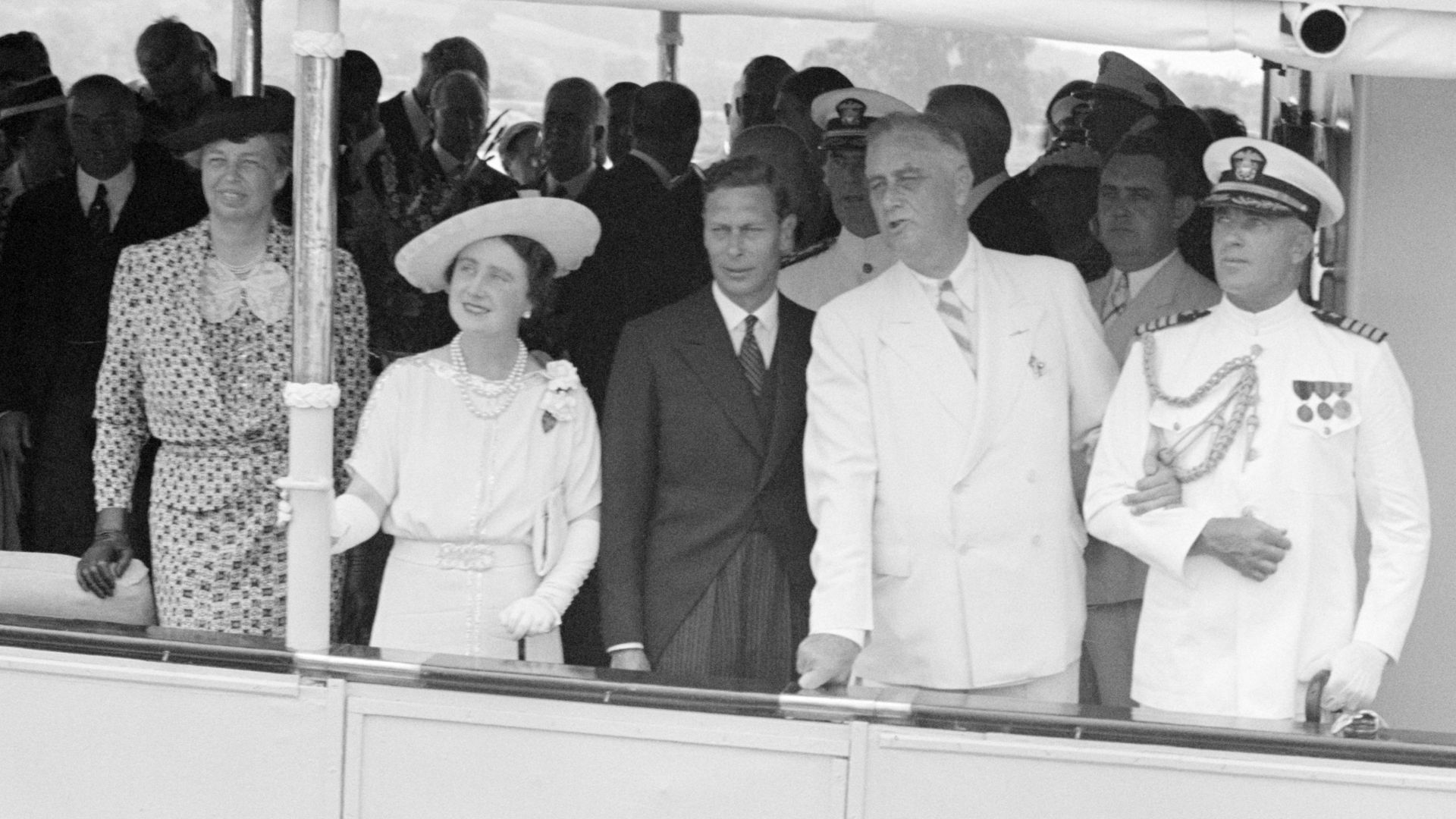 Harris & Ewing, photographer, Wikimedia Commons
Harris & Ewing, photographer, Wikimedia Commons30. He Bowed To Tradition
While history has made Neville Chamberlain’s move to appease Hitler with the Munich Agreement in 1938 look particularly poor, there were contemporaries at the time who did not agree with it either. As it was not Albert’s place to say, we shall likely never know his true opinions; the nature of his title obligated Albert to support Chamberlain, and he did so publicly, inviting Chamberlain to appear with the family on the balcony of Buckingham Palace, a move he would mirror a few years later with another Prime Minister.Getty Images
31. He Saved Face
In the summer of 1939, a handful of months after the signing, Albert and his wife left for a tour of Canada and the United States. While Albert performed several duties within Canada, the prime motivation of this tour was political. America was never obligated to join Britain in battle, and new changes meant Canada was free to decide their support as well. The aim of the tour was to encourage public support should Britain be pulled into conflict once more—something that became immediately pressing as relations in the East quickly grew more tense...Wikimedia Commons
32. He Was Thrown Into Conflict
Albert had only been King for a little under three years when Germany invaded Poland and WWII commenced. This changed the course of Albert’s reign forever, having a lasting impact on his public opinion. Parliament was responsible for the mechanics of the conflict. However, in many ways, the monarchy became the public face of British spirit and determination in the face of adversity.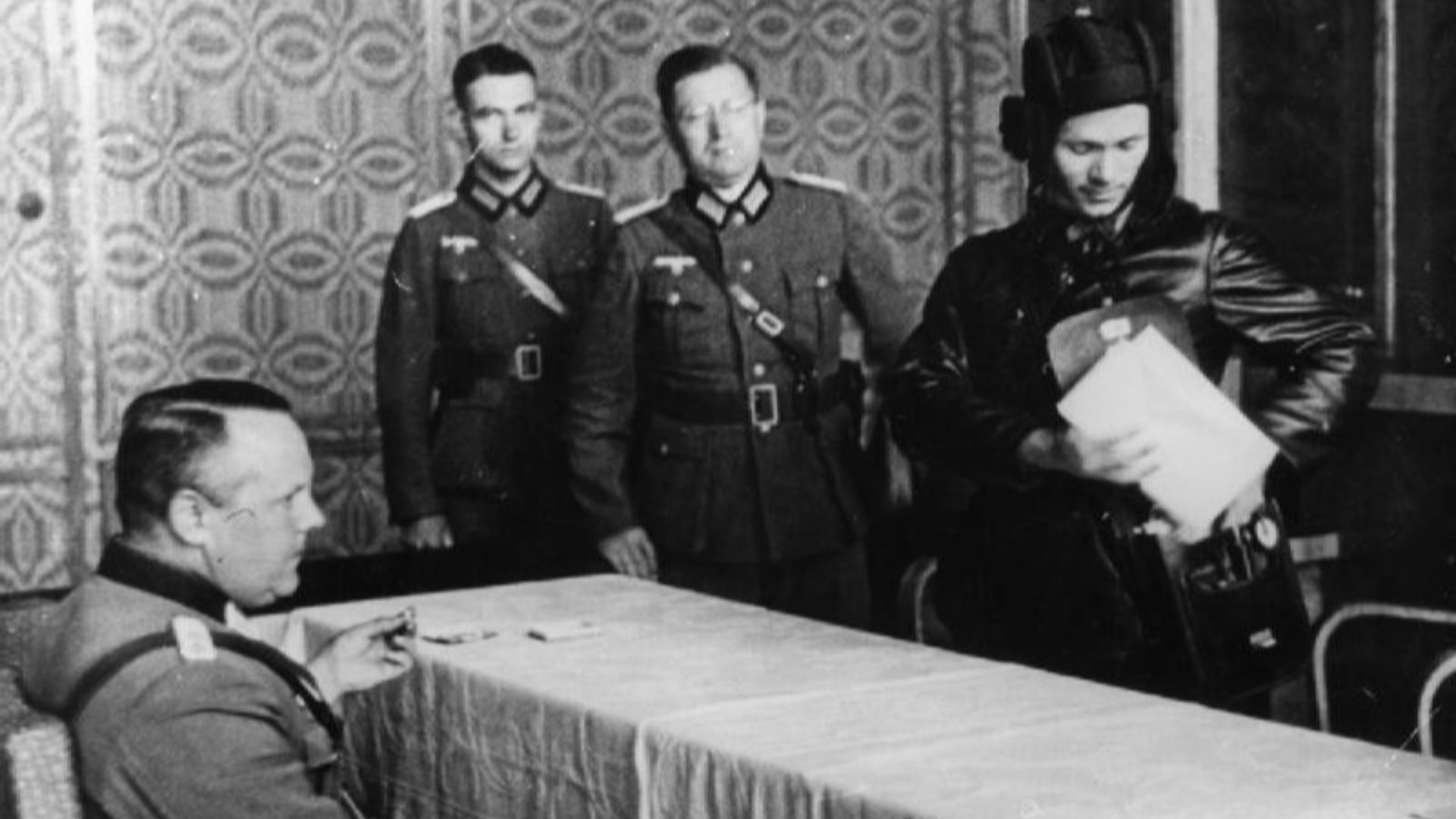 Associated Press photographer, Wikimedia Commons
Associated Press photographer, Wikimedia Commons33. He Stayed In London
When the Blitz began in 1940, and the Germans began to rain explosives upon London, Albert and Elizabeth could have left. They had enough properties; they could have hidden in a safer location. However, they didn’t. While they typically spent their nights in Windsor Castle, they remained at Buckingham Palace throughout the conflict and faced the same struggles as their people. This nearly cost them their lives.Royal Air Force official photographer, Wikimedia Commons
34. His Life Was Threatened
On September 13, nearly a week after the start of the Blitz, two German explosives landed in Buckingham’s courtyard, nearly injuring the royal couple who were in residence. In response, the Queen announced, “I am glad we have been bombed. It makes me feel we can look the East End in the face”. So in the face of terror and tragedy, Albert rose to be more than anyone expected—but he didn't stop there.Getty Images
35. He Became Relatable
The conflict gave Albert and his family an element of relatability that had not existed before its start. They faced the hazards of the Blitz. They rationed food within the palace, prompting a visiting Eleanor Roosevelt to remark upon it during a stay. And in August 1942, they joined the nation in mourning a personal loss. Albert’s brother, the Duke of Kent, lost his life during active service. WWII equalized the royal family in a way no other event had, and it increased the people’s goodwill toward Albert and his family, even in the face of an impending political change.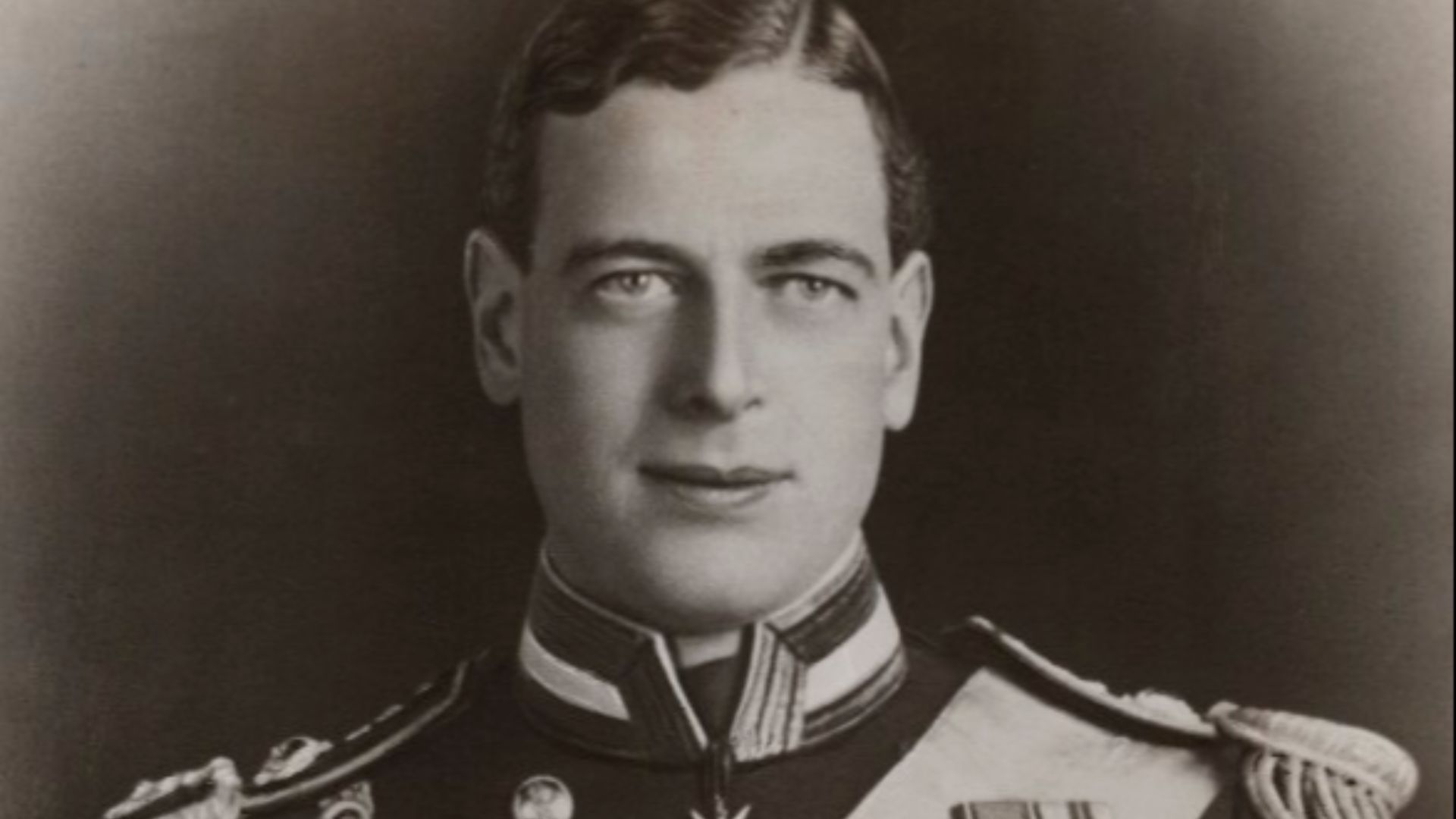 Bassano Ltd, Wikimedia Commons
Bassano Ltd, Wikimedia Commons36. He Changed History
Winston Churchill replaced Neville Chamberlain as Prime Minster in 1940. Churchill and Albert initially got off on the wrong foot as Churchill appointed Lord Beaverbrook to the Cabinet, a move Albert did not approve of. However, their frequent meetings and the pressure of conflict quickly bonded them. Together they would not just change history, but define it.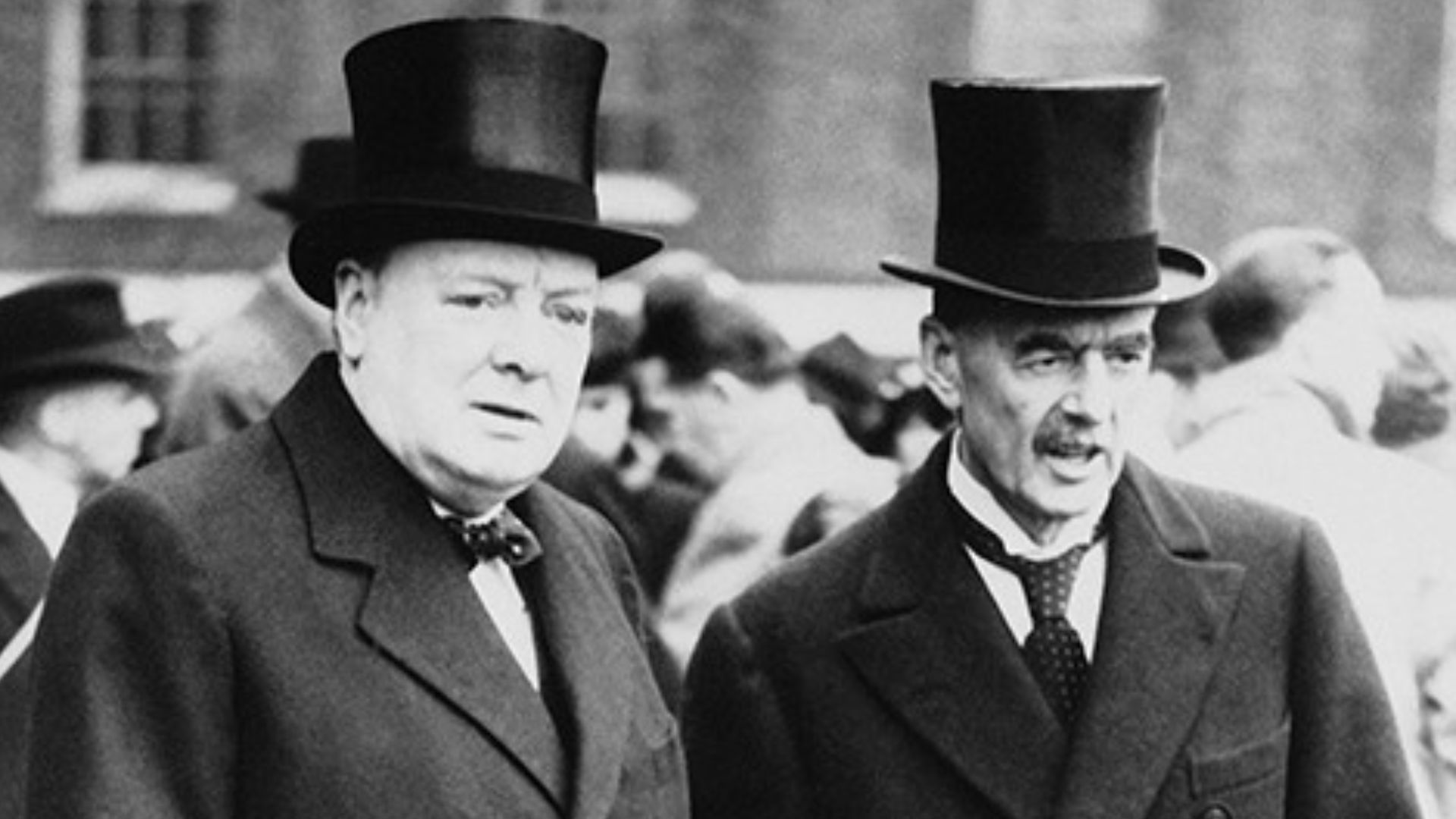 Unknown authorUnknown author, Wikimedia Commons
Unknown authorUnknown author, Wikimedia Commons37. He Built Relationships
Albert and Churchill had a standard meeting during the conflict. Every Tuesday they would meet for lunch and discuss the conflict openly. It was likely one of the few places each felt they could talk frankly with an equal. During this, they developed what is typically considered the closest relationship in modern history between a monarch and the Prime Minister. It persisted even after WWII.Getty Images
38. His People Loved Him
While Albert may not have held the power to make decisions in the same way Churchill did during WWII, the people of Britain still valued the role that he offered them during the conflict. In 1945, as the nation celebrated V-Day, crowds chanted “We want the king”! A request Albert gave them, inviting Churchill (as he’d done with Chamberlain years before) to appear on the balcony as well. At home, the people beloved Albert; out in the world, his image was somewhat different.Flickr
39. He Lost An Empire
England had spent much of the 1800s building their empire. They proceeded to spend much of the 1900s dismantling it, and Albert’s reign saw some of the biggest changes within that empire. The first steps to its demise had already been taken during his father’s reign, with the Statute of Westminster in 1931, which turned Britain’s Dominions into separate sovereign states. The rest would crumble following WWII. Vadac, CC BY-SA 2.5, Wikimedia Commons
Vadac, CC BY-SA 2.5, Wikimedia Commons40. He Saw The Cracks
When England entered WWII, they were still considered an empire, though a waning one. By the end of the 1940s, they would become a Commonwealth, with many sovereign states connected to the monarchy through formality alone. This would begin for Albert in 1947 with the separation of India and Pakistan. Unfortunately for him, the changes came with some personal hits to his titles.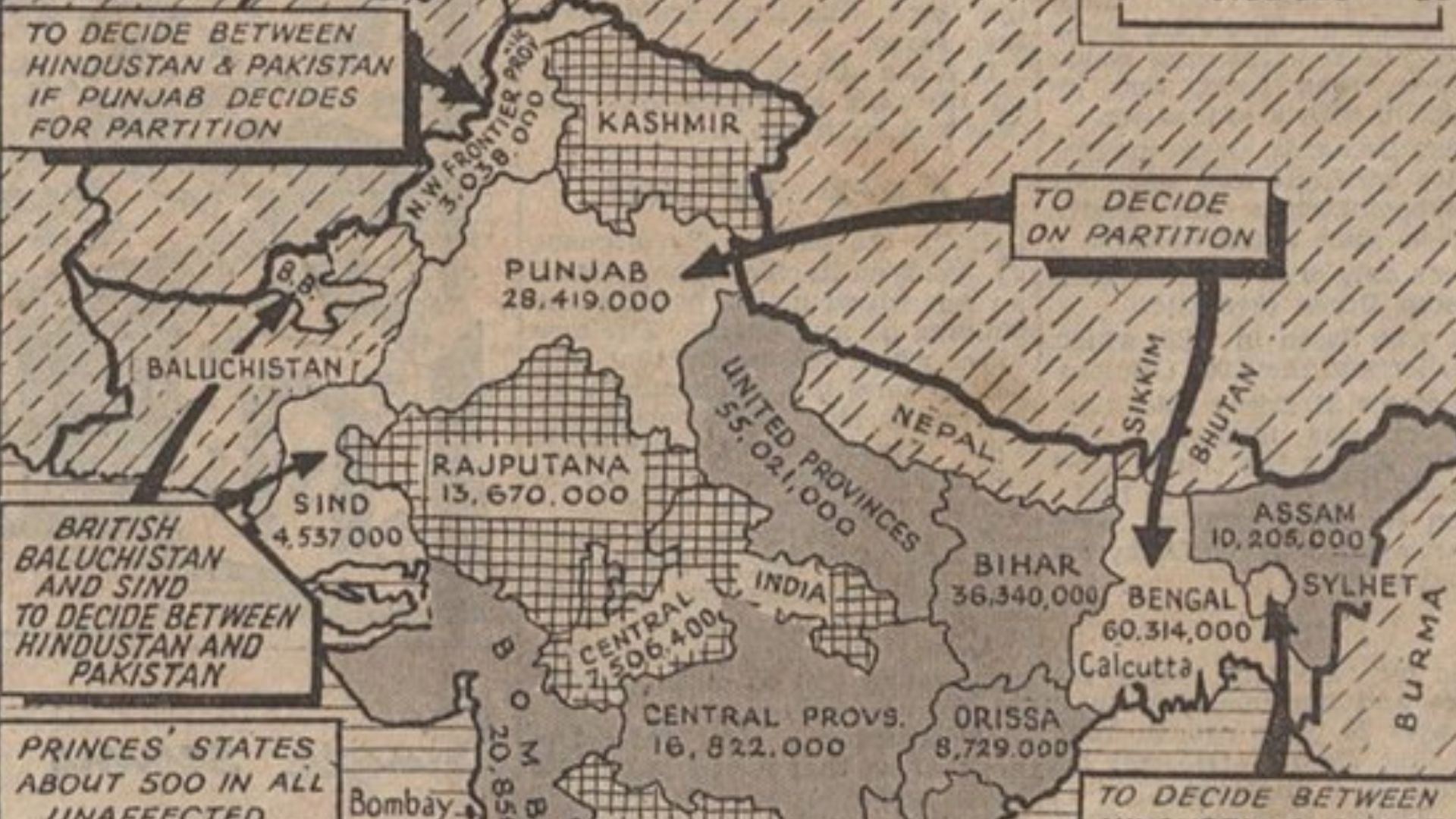 Columnist of Daily Herald, Wikimedia Commons
Columnist of Daily Herald, Wikimedia Commons41. He Changed Titles
India had been fighting for independence for sometime; they had also been struggling with internal religious struggles. The separation of India and Pakistan in August 1947 was a first move in handling both these things. When they separated, Albert lost the title of Emperor of India. Instead, he became King of India and King of Pakistan. That proved just the start of the fractures.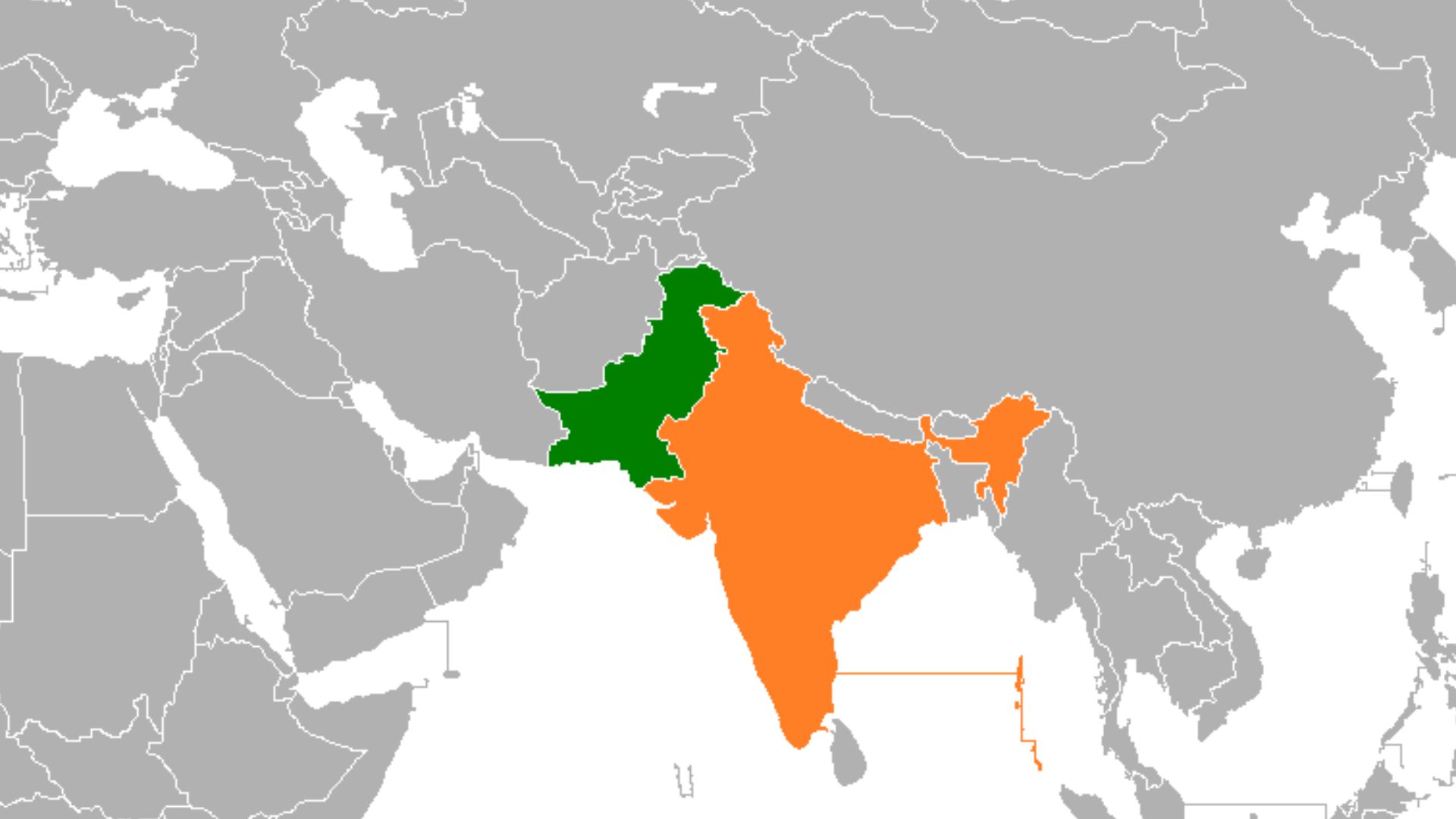 Grubb at English Wikipedia, Wikimedia Commons
Grubb at English Wikipedia, Wikimedia Commons42. He Created A Commonwealth
Albert would not remain “King of India” for long, for India became a republic in January 1950. As a result of India gaining its status of a republic, the leaders of the nations within Britain’s commonwealth met and issued the London Declaration. Among many things, this named Albert, and any future British monarchs, as the Head of the Commonwealth. However, it didn’t preserve the Commonwealth.Flickr
43. He Continued To Lose Connections
While Albert remained the Head of the Commonwealth, he could not keep the Commonwealth intact. During his reign many countries left the Commonwealth, including Burma, Palestine, and the Republic of Ireland. The “empire” of Britain was well and truly sunk by the time that Albert’s reign ended. However, he continued to make visits to Commonwealth countries, providing what influence he could there.Wikimedia Commons
44. He Was Offended
In 1947 Albert toured southern Africa with his family. While visiting the Union of South Africa at the request of Jan Smuts, a local politician seeking election, Albert was reportedly asked by the government to only shake hands with the whites. While Albert was rightfully appalled by this request, he had little power to do anything over it. Segregation continued to deepen within South Africa following this visit, and Albert’s health began to wane.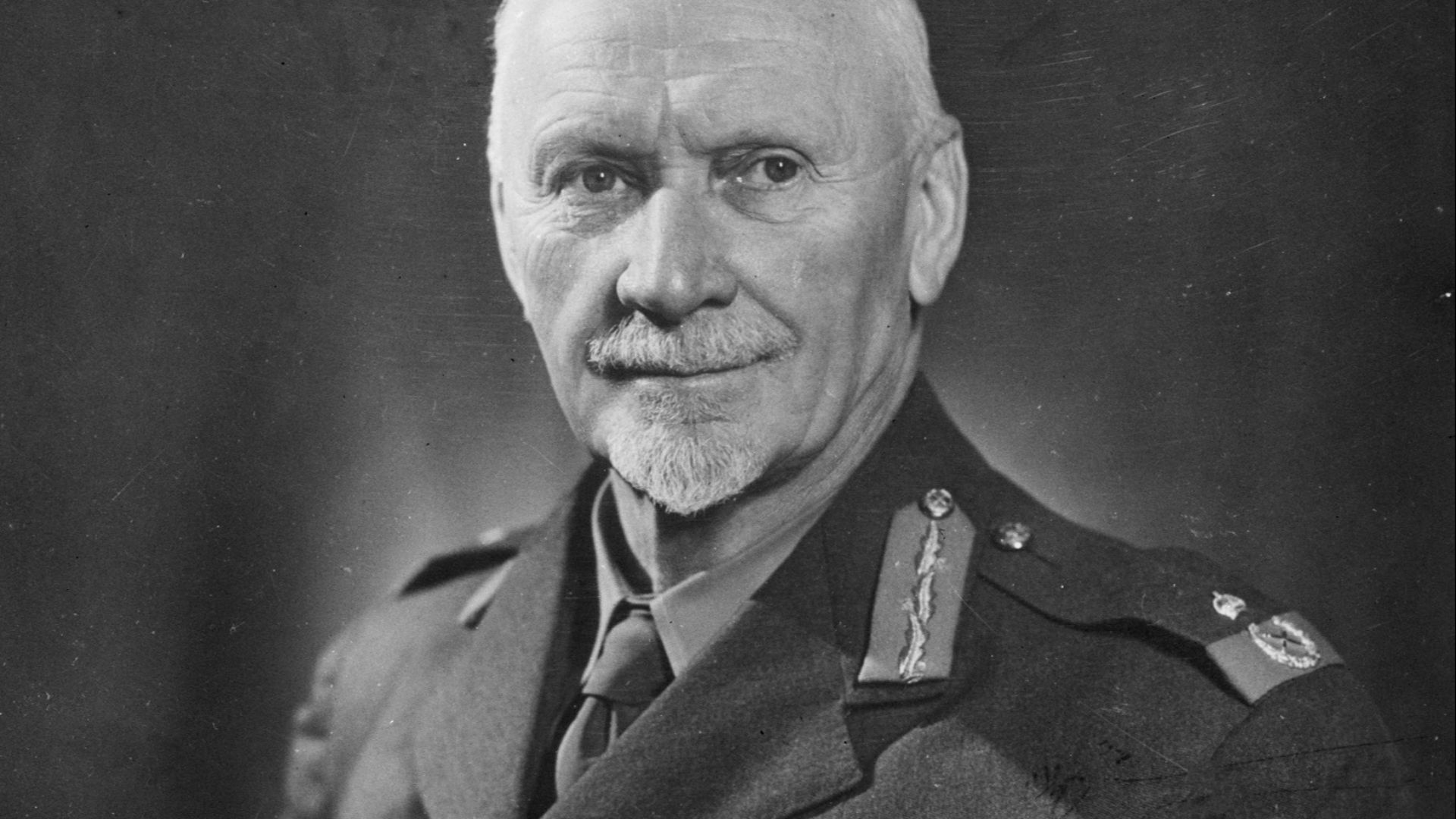 Yousuf Karsh, Wikimedia Commons
Yousuf Karsh, Wikimedia Commons45. His Health Began To Fail
Albert had never been a healthy person. He had struggled with many health complications early in life. As he aged, these problems only grew worse. Six years of conflict had added undue stress upon him, and Albert smoked heavily throughout his life, aggravating his already poor health. March 1949 marked the start of his decline. Albert postponed a planned tour of Australia and New Zealand due to a blockage in his right leg, and never fully served his royal duties again.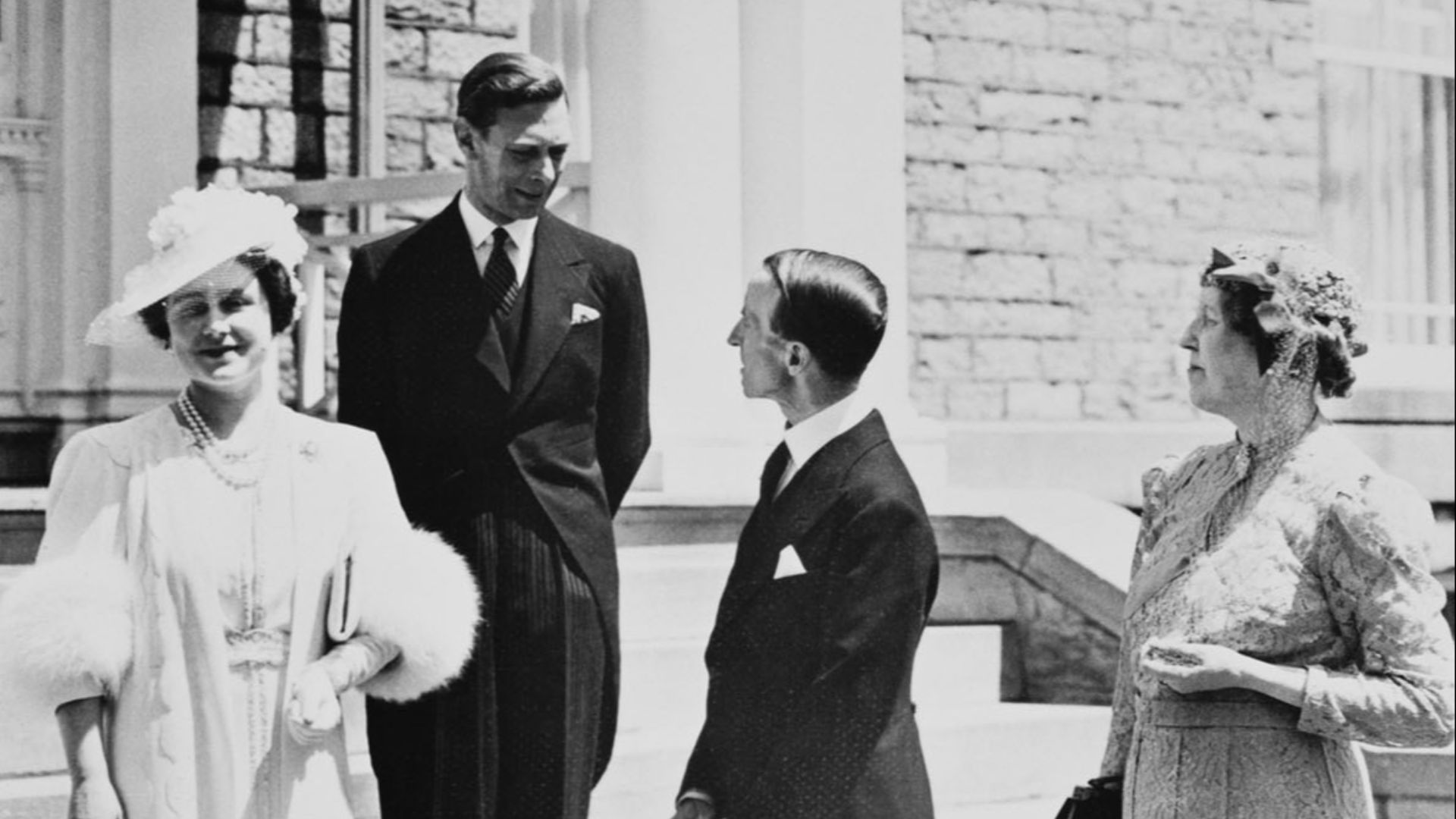 Wide World Photos (unknown photographer), Wikimedia Commons
Wide World Photos (unknown photographer), Wikimedia Commons46. His Daughter Stepped Forward
Albert would never go on that planned tour. Instead, Elizabeth (the heir presumptive), and her husband, Philip, Duke of Edinburgh, stepped up, going on the tour. Elizabeth and Philip began taking on more duties in Albert’s place from this point on. In May 1951, Albert opened the Festival of Britain. However, by June 4 things had taken a dramatic turn.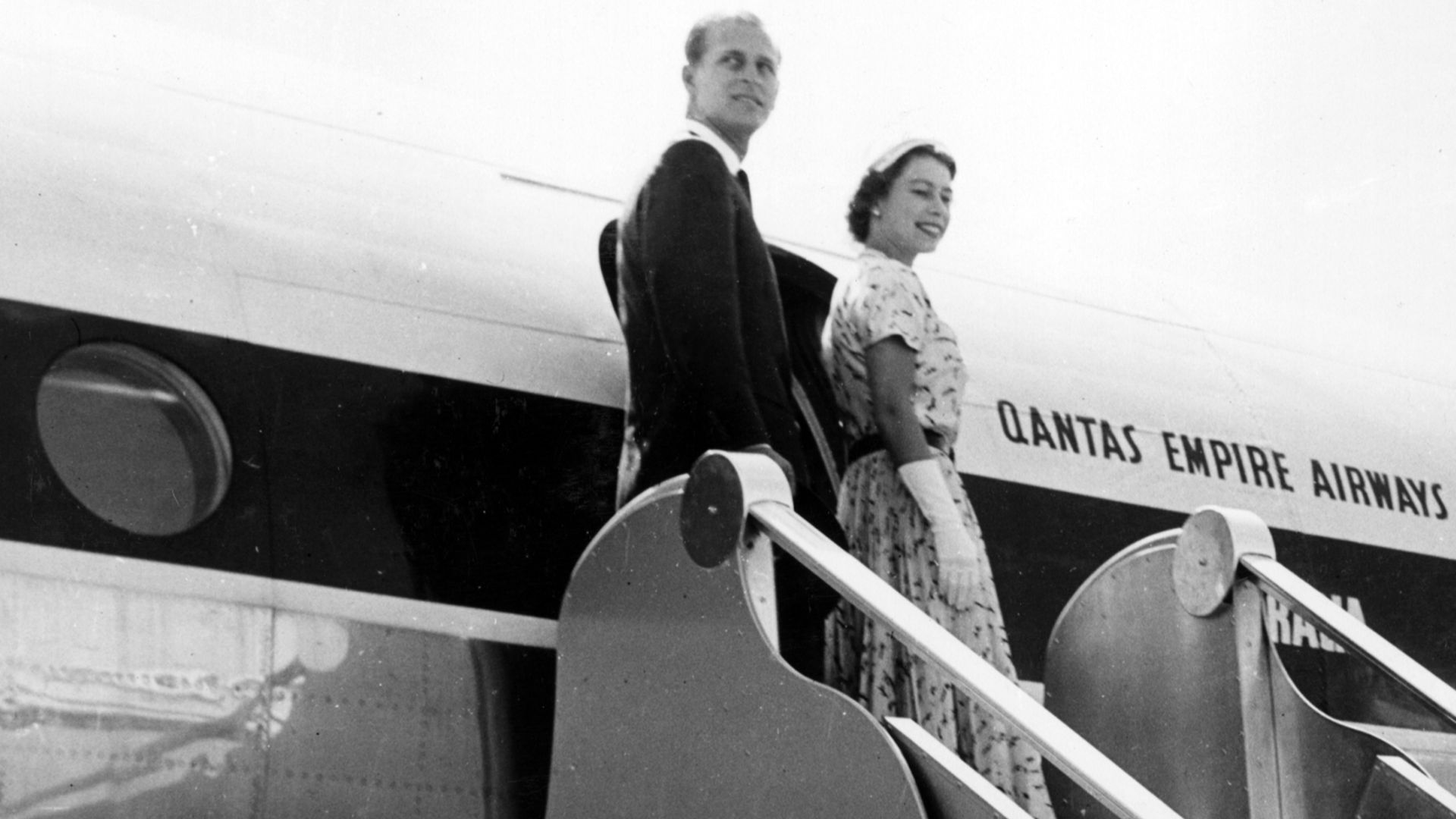 Queensland State Archives, Wikimedia Commons
Queensland State Archives, Wikimedia Commons47. He Struggled To Cope
The royal family announced on June 4 that Albert would need complete rest starting immediately, disrupting the arrival of Norway’s king that very afternoon. Three months later, in September, a tumor was found, and half of Albert’s left lung was removed. Although Albert gave his Christmas broadcast that year, he recorded it in sections and they spliced them together the day of. He was failing quickly.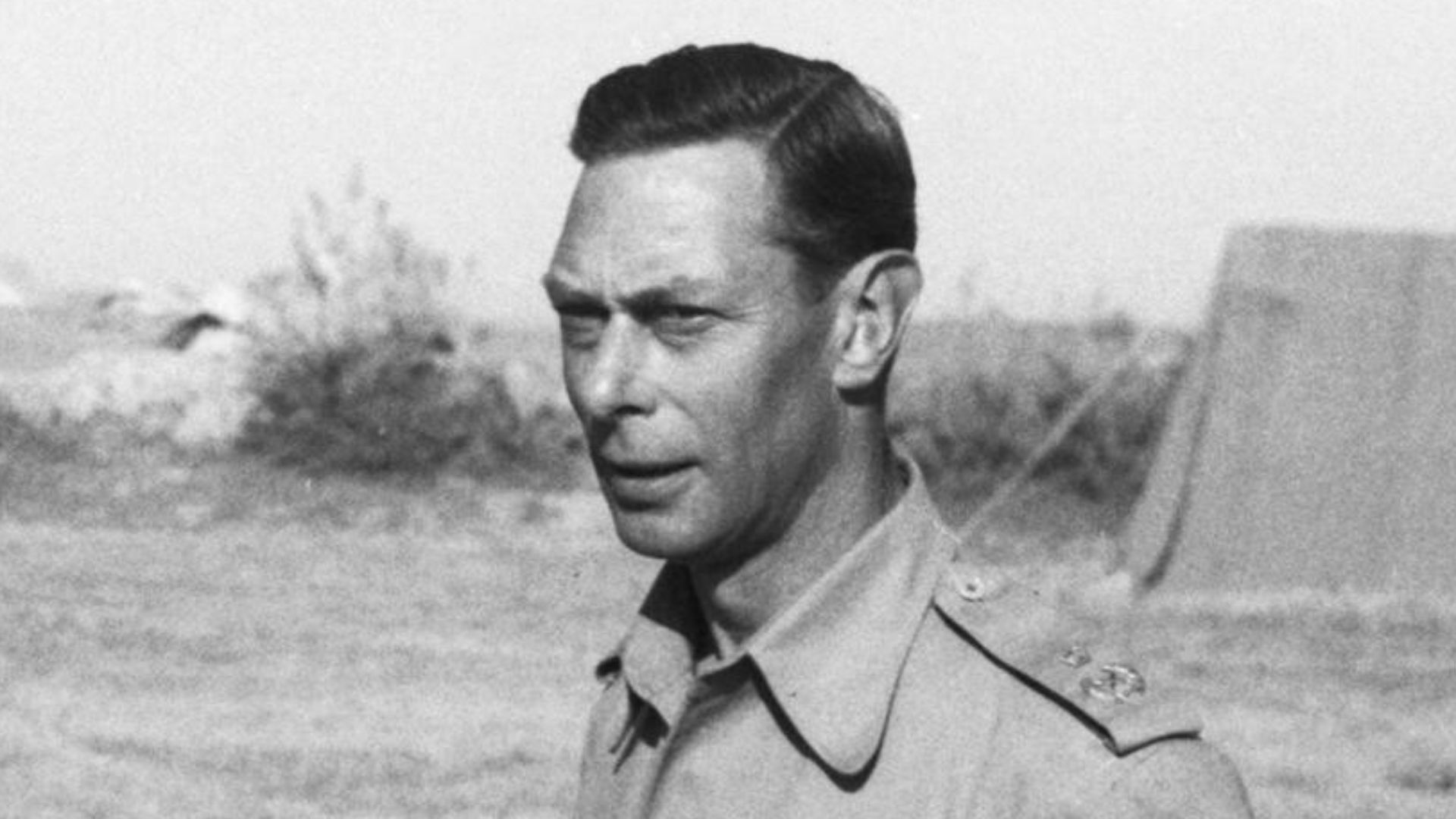 Chetwyn (Lt), No 2 Army Film & Photographic Unit, Wikimedia Commons
Chetwyn (Lt), No 2 Army Film & Photographic Unit, Wikimedia Commons48. He Ignored Advice
Albert made his last public appearance on January 31, 1952. He went to London Airport to see Elizabeth and Philip off on their Australian tour. All closest to him had advised Albert not to go; however, he did as he wished—a good thing for Elizabeth, as this was the last time she saw her father alive. King George VI, known as “Bertie” to his family, passed in the night between February 5 and 6. But his story didn't end that night.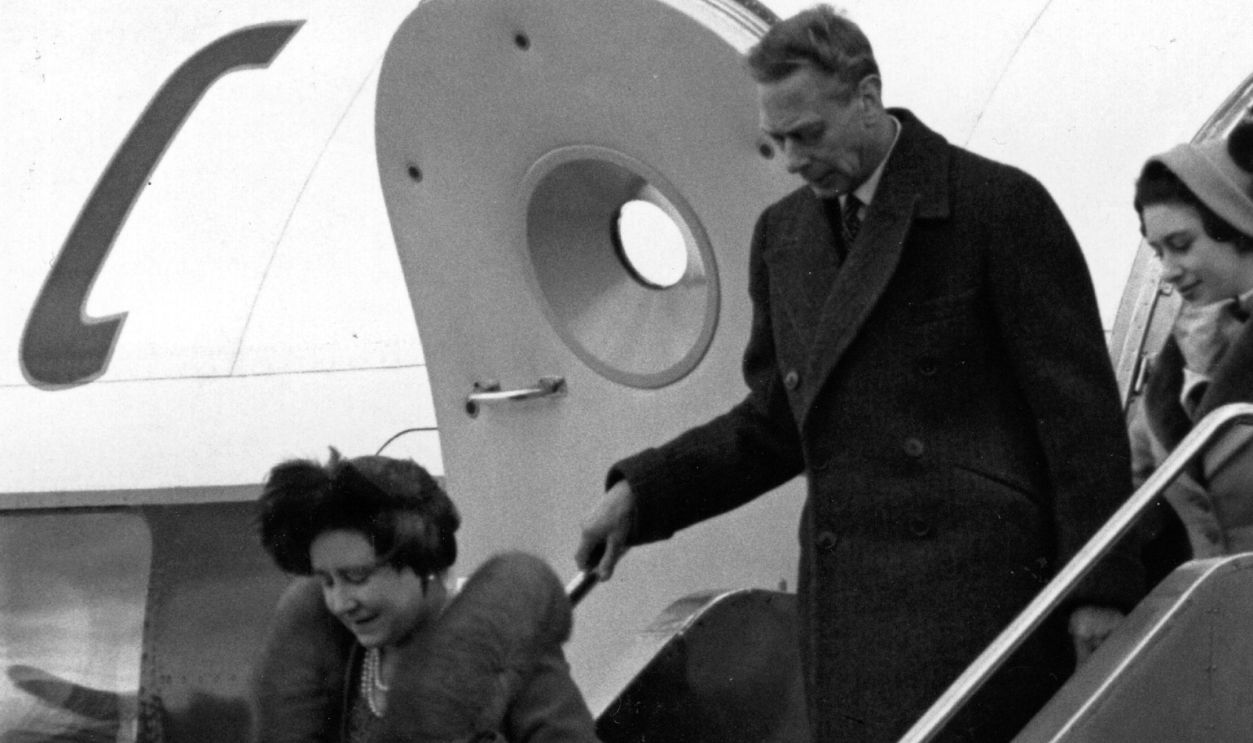 Topical Press Agency, Getty Images
Topical Press Agency, Getty Images49. He Inspired Memorials
As was custom for a passing monarch, Albert’s body laid in state at Westminster Hall from February 11 until his state funeral on February 15. His funeral was held at St George’s Chapel at Windsor Castle, where his remains are today. Queen Elizabeth II had the King George VI Memorial Chapel made in 1969, and she moved Albert’s remains there following its completion. This was just the smallest impact Albert left behind.Getty Images
50. He Saved The Monarchy
In Albert’s own words, he inherited “a rocking throne” that he tried “to make … steady again”. His brother’s actions could have sunk the monarchy at a time when approval was already lowering. Instead, Albert’s calm acceptance of leadership, combined with the pressures of WWII, ushered the monarchy into a modern world. England owes their monarchy to Albert, King George VI.Getty Images
You May Also Like:
Sources: 1, 2, 3, 4, 5, 6, 7, 8, 9